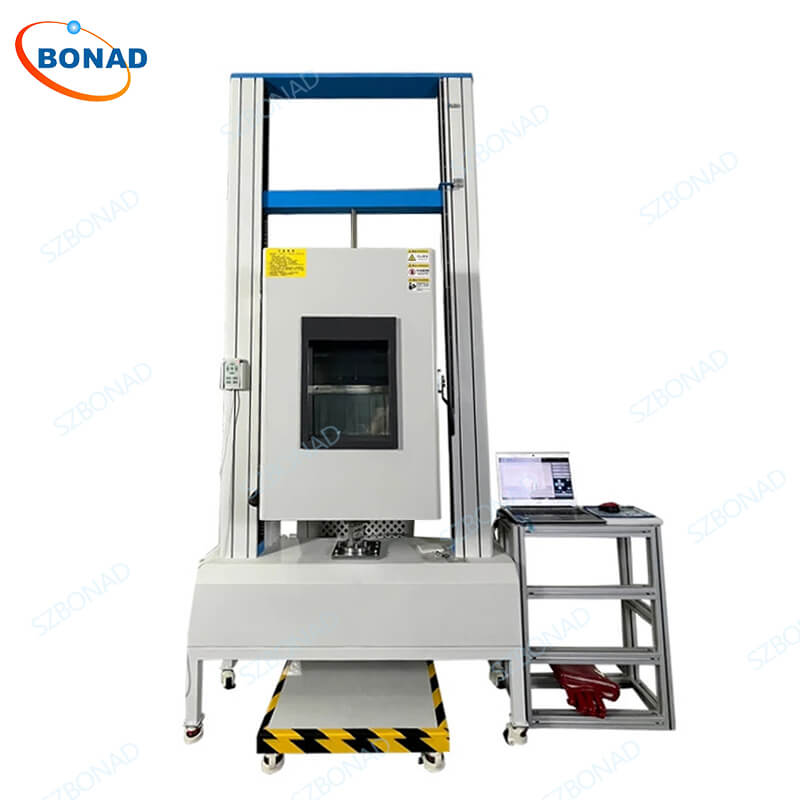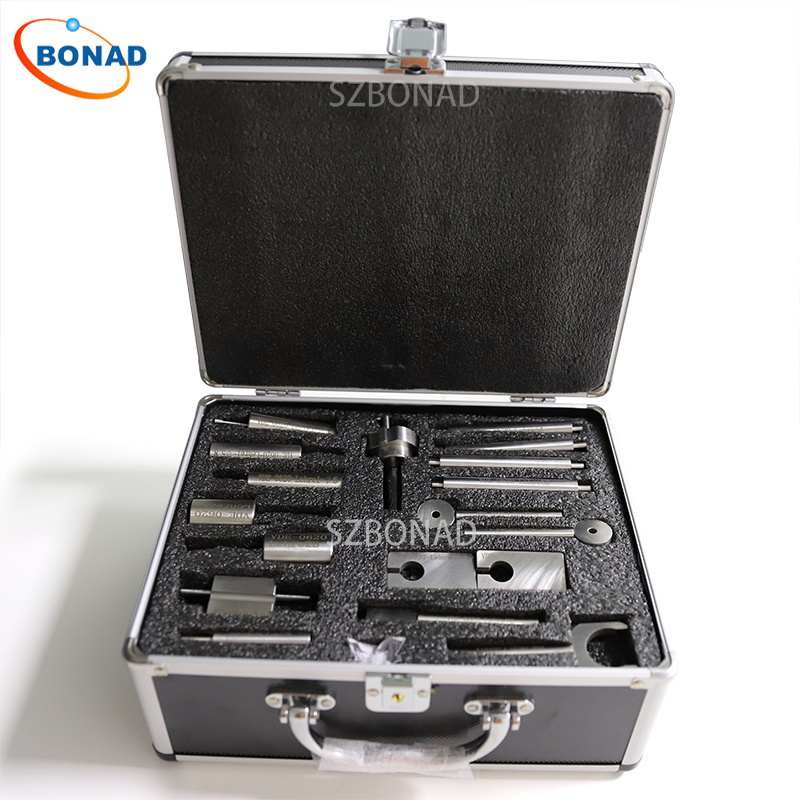Mechanical testing is essential for understanding material properties, predicting lifecycle, and ensuring the safety of equipment and personnel. By evaluating how materials respond to various forces, engineers can make informed decisions about material selection, design improvements, and maintenance schedules.
In this article, we explore the most common types of mechanical testing and their methods, providing insights into their applications and benefits.
Why Is Mechanical Testing Important?
Mechanical testing helps determine critical material characteristics such as strength, ductility, hardness, and resistance to fatigue or corrosion. These tests are often standardized and independent of material geometry, though testing finished parts is recommended for accurate real-world insights.
8 Key Types of Mechanical Testing
1. Hardness Testing
Hardness testing measures a material’s resistance to penetration. It is commonly used for quality control after production processes like heat treatment. Standardized tests include:
- Vickers Hardness Test
- Barcol Testing
- Knoop Hardness Test
- Shore Durometer Test
2. Tensile Testing
Tensile testing evaluates a material’s behavior under tension. Key measurements include tensile strength, yield stress, Young’s Modulus, and elongation percentage. This test ensures materials meet required strength and ductility standards.
3. Impact Testing
Impact testing determines a material’s ability to absorb energy and resist fracture under sudden force. Common methods include:
- Izod Testing
- Charpy Testing
4. Fracture Toughness Testing
This test measures the energy required to propagate a crack in a material. It helps predict failure and plan maintenance. Common methods include:
- Linear-elastic Testing
- K–R Curve Testing
- Elastic-Plastic Testing
5. Creep Testing
Creep testing assesses how materials deform under constant stress and high temperatures over time. It is critical for applications involving sustained loads, such as turbines or pipelines.
6. Fatigue Testing
Fatigue testing determines how materials perform under cyclic loading. It helps estimate service life and prevent unexpected failures. Standardized tests include:
- Fatigue Crack Growth Testing
- Strain-controlled Smooth Specimen Testing
- Load-controlled Smooth Specimen Testing
7. Corrosion Resistance Testing
This test evaluates a material’s ability to withstand environmental degradation, such as rust or chemical damage. Accelerated exposure tests help compare materials for specific applications.
8. Non-Destructive Testing (NDT)
NDT methods inspect materials without causing damage. Popular techniques include:
- Acoustic Emission Testing
- Electromagnetic Testing
- Ground Penetrating Radar
- Laser Testing
Conclusion
Mechanical testing is vital for ensuring material reliability, safety, and performance. By selecting the appropriate testing methods, industries can optimize designs, extend product lifecycles, and enhance operational safety.
BONAD: Your Partner in Mechanical Testing
BONAD offers a wide range of mechanical testing equipment and solutions tailored to global standards. With decades of expertise, we provide reliable, customizable testing systems to meet diverse industrial needs. Trusted by businesses and regulators worldwide, BONAD ensures accuracy, compliance, and innovation in material testing.
For more information, explore our products and services designed to support your mechanical testing requirements.



